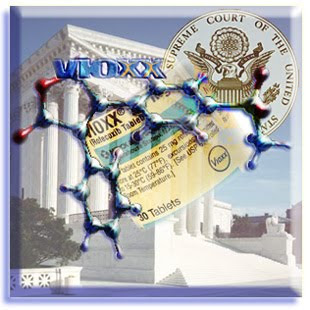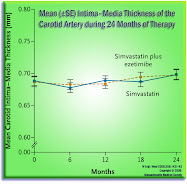As you watch the ESA video below, at about 40 seconds in, you will see a bright white slice, in what turns out to be a slushy surface, with the consistency of cappuccino foam. It is that. . . ephemeral. That irridescent white gash is where Philae plowed through it -- exposing pristine water ice below.
We followed this quite closely, almost exactly six years ago now (ending in silence, some 22 months later, in fact). We were completely wowed by the idea of bouncing off a comet.
And, as is often true, it turns out that the tumbling miscalculations of ESA's Rosetta mission (not fully-accounting for micro-gravity's bouncy, trampoline-lie surface effects) informed the OSIRIS-REx asteriod egineers' touchdown calculus -- allowing a safe, wispy-light "touch and go" capture of that admittedly more solid regolith, for an Earth return, by this time in 2023.
And now, it turns out that the Rosetta mission data has yielded the surprising finding that much of the top of a comet is like slightly frozen sea-foam -- no more substantial than that. When a metal craft of several hundred pounds bumps into it, at several meters per second, that cold-brewed foam is just. . . very smoothly plowed aside. [ESA's latest story on it -- and a bit below the video clip.]
. . . .Rosetta’s Philae lander touched down on Comet 67P/Churyumov-Gerasimenko on 12 November 2014 and made multiple contacts with the surface before arriving at its final resting place in a location named Abydos.
A reanalysis of the touchdown data found that Philae had spent nearly two full minutes at the second touchdown site, making at least four distinct surface contacts as it ploughed across it. One particularly notable imprint revealed in the images was created as Philae’s top surface sank 25 cm into the ice on the side of a crevice, leaving identifiable marks of its drill tower and sides. The spikes in the magnetic field data arising from the boom movement showed that it took Philae three seconds to make this particular depression. . . .
Analysis of images and data from OSIRIS and Rosetta’s spectrometer VIRTIS confirmed that the bright exposure was water-ice covering an area of about 3.5 square metres. Although the ice was mostly in shadow at the time of the landing, the Sun was directly illuminating the area when the images were taken months later, lighting it up like a beacon to stand out against everything around it. The ice was brighter than the surrounds because it had not been previously exposed to the space environment and undergone space weathering. . . .
“The simple action of Philae stamping into the side of the crevice allowed us to work out that this ancient, billions-of-years-old, icy-dust mixture is extraordinarily soft – fluffier than froth on a cappuccino, or the foam found in a bubble bath or on top of waves at the seashore,” adds Laurence. . . .
That is. . . simply amazing, now six years on, from those cute little cartoons, before the ESA lander went silent for good. Smiling and looking back, indeed. But onward -- to a bright, new election day, and some results -- in about 48 hours.
नमस्ते


















No comments:
Post a Comment